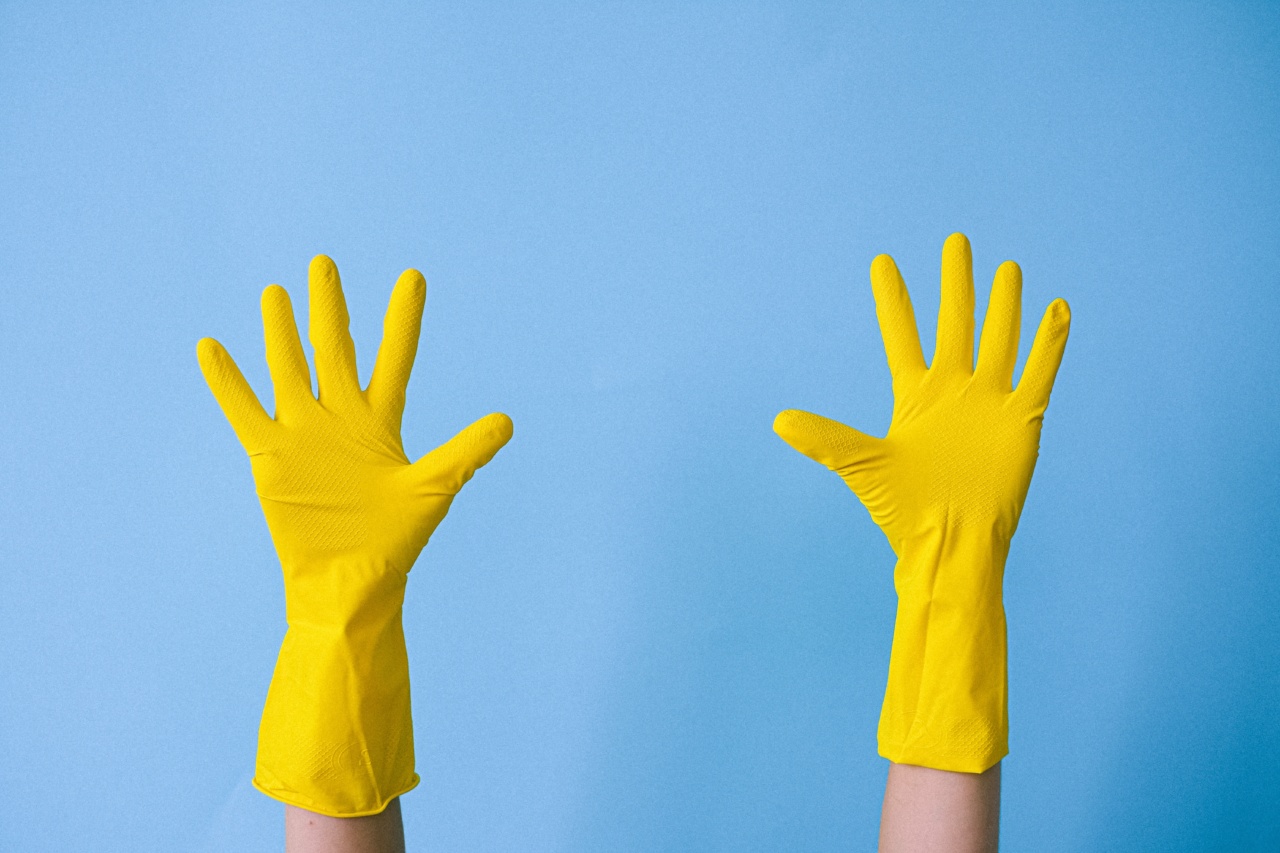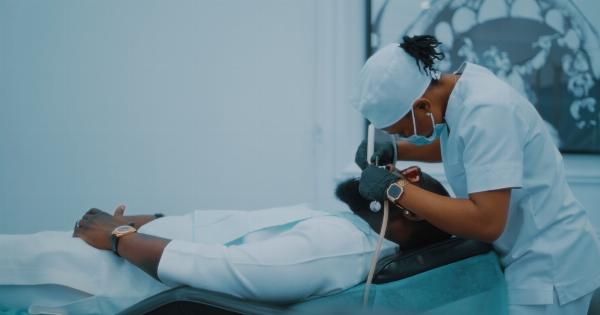Hiccups… everyone has experienced them at some point. They seem to come out of nowhere and can be incredibly frustrating. Hiccups occur when the diaphragm muscle, the main muscle responsible for breathing, contracts involuntarily.
This contraction causes the characteristic “hic” sound accompanied by a sudden inhalation. While hiccups are usually harmless and resolve on their own, they can be bothersome and disruptive in certain situations, such as during an important meeting or while trying to sleep.
Luckily, there are a few paradoxical techniques that can help stop hiccups almost instantly.
The Waterboarding Method
No, we’re not suggesting any form of torture here. The waterboarding technique for hiccups involves drinking water in a specific way that is opposite to how we usually drink.
The normal process of drinking involves taking sips and swallowing without interruption. The waterboarding method, on the other hand, requires you to over-drink without swallowing.
How to Perform the Waterboarding Method:
1. Fill a glass with water.
2. Take a deep breath and start drinking from the opposite side of the glass (i.e., the far rim, away from your mouth).
3. Continuously drink the water without swallowing until you can’t drink anymore or until the hiccups stop.
4. You can repeat the process if the hiccups persist.
This technique works on the principle that it disrupts the normal breathing cycle, momentarily distracting the diaphragm muscles and thus stopping the hiccups.
While the idea of over-drinking may sound counterintuitive, many people have reported success with this technique. However, be cautious not to overdo it, as excessive water intake can lead to discomfort or even water intoxication.
The Fingers-in-Ears Technique
This technique involves using your fingers to plug your ears while drinking water.
By gently applying pressure on the openings of your ear canals, you create a temporary blockage for the sound waves and disrupt the reflex arc associated with the hiccups. This momentary disruption can help reset the diaphragm and stop the hiccups.
How to Perform the Fingers-in-Ears Technique:
1. Take a glass of water.
2. Place your index fingers over the tragus, the small flap of cartilage in front of the ear canal. Make sure your fingers are not completely blocking the canal but rather applying gentle pressure.
3. Start drinking the water slowly and try to focus on your swallowing.
4. Continue drinking until the hiccups stop or you have finished the glass of water.
This technique combines the distractions of drinking water with the added sensory stimulation of blocking the ear canals. By engaging multiple senses, you can effectively interrupt the hiccups and regain control over the diaphragm muscles.
Other Tips to Prevent Hiccups:
If the paradoxical techniques mentioned above don’t work for you, there are a few other tricks you can try to prevent hiccups or minimize their duration:.
1. Hold Your Breath
Take a deep breath and hold it for as long as you can. This method increases the carbon dioxide levels in your blood, which can help relax the diaphragm muscles and stop the hiccups.
2. Drink Cold Water
Sipping cold water or sucking on ice chips can help stimulate the vagus nerve, which controls the hiccup reflex. This stimulation can help reset the diaphragm and stop the hiccups.
3. Swallow a Teaspoon of Sugar
While the scientific evidence is limited, many people claim that swallowing a teaspoon of sugar can stop hiccups. It is believed that the sweet taste can stimulate nerves in the throat and alter the nerve impulses responsible for hiccups.
4. Gargle with Cold Water
Gargling with cold water can stimulate the nerves in the back of the throat, potentially interrupting the hiccup reflex and providing relief.
5. Breathe into a Paper Bag
This technique should be used with caution and only if recommended by a healthcare professional. Breathing into a paper bag increases the carbon dioxide concentration in the air you breathe, which can help relax the diaphragm and stop hiccups.
6. Pressure Points
Applying gentle pressure to certain acupressure points, such as the base of the palm or the area between the thumb and index finger, may help relieve hiccups. However, the effectiveness of this method may vary among individuals.
7. Distraction Techniques
Engaging in activities that distract your mind from the hiccups, such as counting backward from 100 or reciting a tongue twister, can help shift your focus away from the diaphragm muscles and potentially stop the hiccups.
8. Adjust Your Breathing
Try altering your breathing pattern by taking slow, deep breaths or breathing into a paper bag. These techniques can help regulate the diaphragm muscles and potentially interrupt the hiccup cycle.
9. Sip Vinegar
Although the taste may not appeal to everyone, sipping a small amount of vinegar, such as apple cider vinegar, may help stop hiccups. The strong taste and acidity of vinegar are believed to trigger a reflex that could interrupt the hiccup cycle.
10. Relaxation Techniques
Engaging in relaxation techniques, such as deep breathing exercises or progressive muscle relaxation, can help calm your body and potentially stop hiccups caused by stress or anxiety.































